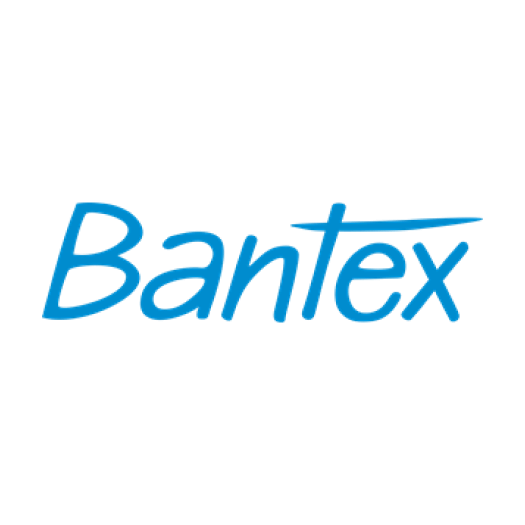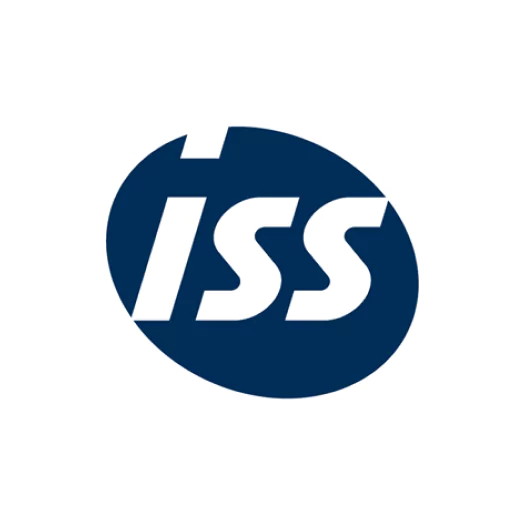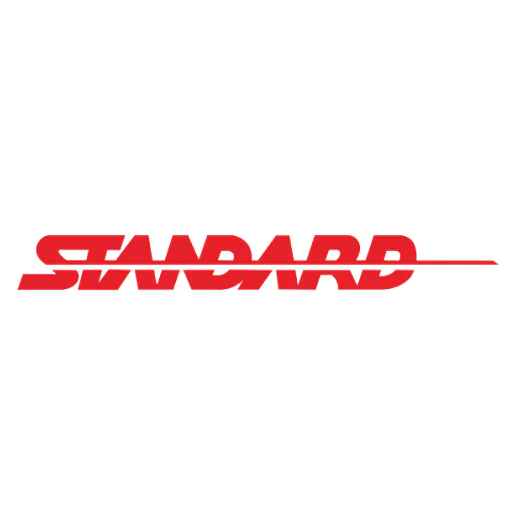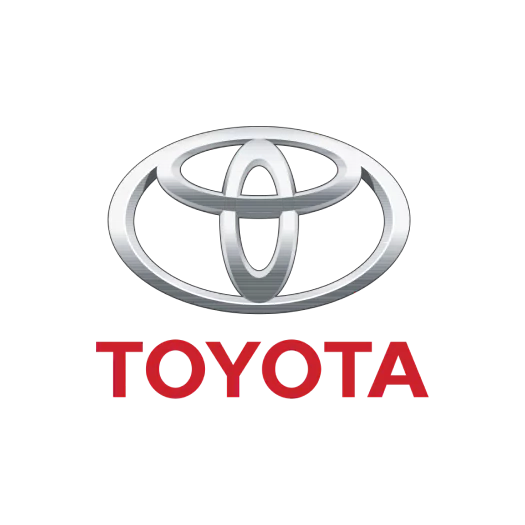FIFO is applied by systematically selling or using the oldest stock first. Businesses can implement FIFO manually by tracking stock entry dates or automate the process with inventory management software, which ensures consistent FIFO application across warehouses and outlets. Did you know that businesses relying on manual inventory tracking often face costly errors each year? These mistakes lead to overstocking, waste, and financial losses. One of the most effective ways to prevent such issues is by using the First-In, First-Out (FIFO) method—a widely used inventory strategy that ensures older stock is sold or used before newer inventory.
For Malaysian businesses, implementing FIFO is especially beneficial. Whether you operate a retail store in Kuala Lumpur or manage a large distribution center in Penang, applying FIFO principles helps reduce waste, improve stock accuracy, and increase profitability.
Moreover, leveraging inventory management software that supports FIFO can automate stock tracking, ensuring that the system applies FIFO consistently. This enhances efficiency, minimizes losses, and gives businesses a competitive advantage in today’s fast-moving market.

Key Takeaways
|
Table of Content
Content Lists

What is the FIFO Method
The First-In, First-Out (FIFO) method is a way to manage inventory where the oldest items are used or sold before the newer ones. Think of it like a grocery store stocking milk – they put the cartons closest to their expiration date at the front so they get used first. This helps prevent products from going bad or becoming outdated, which is especially important for perishable goods.
In accounting, FIFO helps determine the cost of goods sold (COGS). It assumes that the cost of the oldest items in stock is the cost of the items being sold. This is important because it can give a more up-to-date picture of how much it actually costs to produce or acquire the goods, especially when prices are changing quickly. Imagine you bought a batch of t-shirts for $10 each and then another batch for $12 each. If you sell a t-shirt using FIFO, you’d record the cost as $10, reflecting the cost of the older shirt.
Using FIFO offers several benefits. It minimizes losses from spoilage or obsolescence since older stock is used first. It also leads to more accurate financial reports because the inventory is valued at more recent costs, which is important for understanding the true profitability of sales. Finally, by reducing losses from outdated stock, FIFO can contribute to better cash flow management.
How FIFO is Applied in Inventory Management
The FIFO method plays a vital role in industries where product freshness, relevance, and shelf life are critical. In sectors like food and beverage, FIFO helps ensure that older stock is sold first, reducing waste and preventing inventory spoilage.
Beyond perishables, industries such as fashion, electronics, and pharmaceuticals also benefit from FIFO, as it prevents products from becoming obsolete or losing value over time. By consistently applying this method, businesses can maintain inventory quality, improve stock turnover, and enhance customer satisfaction.
Additionally, FIFO simplifies inventory tracking and financial reporting, as it naturally aligns with the way goods flow in most businesses. This makes it easier to manage stock levels, reduce discrepancies, and ensure accurate audits.
How the FIFO Method Works
The FIFO method operates on a straightforward principle: the oldest inventory in stock is always the first to be sold or used. This approach ensures that businesses rotate their stock efficiently, preventing products from becoming outdated or obsolete. Regular stocktakes help verify that the FIFO method is correctly applied, allowing companies to maintain better control over their stock levels and ensure that items remain fresh and relevant to consumers.
In terms of inventory valuation, FIFO calculates the cost of goods sold (COGS) based on the price of the oldest available stock. This means that when inventory prices fluctuate—especially during periods of inflation—the COGS reflects the lower costs of earlier purchases. Conducting a stocktake also ensures that the remaining inventory is accurately valued at the most recent purchase prices, providing a more precise financial representation of stock value.
FIFO Formula & Calculation Example
The FIFO method follows a straightforward calculation process that helps businesses determine the cost of goods sold (COGS) based on the oldest inventory costs. The formula for FIFO inventory valuation is as follows:
FIFO Inventory Cost = Cost of First Batch Sold + Cost of Second Batch Sold + …
This means that when a business sells products, it assigns costs starting from the earliest purchases, ensuring that older inventory costs are accounted for first. The result is a valuation method that aligns with real market conditions and provides a more accurate financial overview.
Real-Life Example
Imagine an electronics store that purchases 100 smartphones at RM2,000 per unit. A few months later, due to supplier price increases, the store buys 50 additional units at RM2,500 per unit. If the store sells 120 units, FIFO dictates that the first 100 units are valued at RM2,000 each, while the remaining 20 units are assigned the RM2,500 cost.
Using FIFO, the store’s COGS calculation would look like this:
- 100 units × RM2,000 = RM200,000
- 20 units × RM2,500 = RM50,000
- Total COGS = RM250,000
Since the most recently purchased inventory (30 units at RM2,500) remains in stock, the ending inventory is valued at the most recent cost, ensuring an accurate and updated financial statement.
Applying FIFO ensures that businesses keep their inventory valuation aligned with actual purchasing trends, helping them make informed pricing, stocking, and financial decisions. In the next section, we’ll examine the pros and cons of the FIFO method, helping businesses determine whether it’s the right approach for their inventory management strategy.
Pros and Cons of the FIFO Method
Advantages of the FIFO Method
- Reduces waste and spoilage: Ensures older stock is sold first, making it ideal for food, pharmaceuticals, and retail industries.
- Higher inventory valuation: During inflation, remaining stock is valued at current prices, improving financial accuracy.
- Improved profit margins: Since older, lower-cost inventory is recorded in COGS, FIFO can show higher profitability.
- Globally accepted: Complies with IFRS and GAAP accounting standards, making it a trusted method for financial reporting.
Disadvantages of the FIFO Method
- Higher taxes in inflation: Since FIFO records lower COGS, businesses may face higher taxable income.
- Less accurate in volatile markets: Price fluctuations can cause a mismatch between COGS and actual market value.
- Requires strict inventory tracking: Without automated inventory management, maintaining FIFO consistently can be difficult, especially in large warehouses.
FIFO vs. Other Inventory Methods
While FIFO is a widely used inventory method, it is essential to compare it with other valuation techniques to determine the best approach for a business. The three main alternatives to FIFO are LIFO (Last-In, First-Out), the Average Cost Method, and the Specific Identification Method.
FIFO vs. LIFO
FIFO prioritizes selling the oldest stock first, ensuring products remain fresh and inventory reflects recent market prices. In contrast, LIFO (Last-In, First-Out) assumes the newest inventory is sold first, which can lower taxable income in inflationary periods but may not align with the actual flow of goods.
FIFO vs. Average Cost Method
The Average Cost Method calculates inventory value by taking the weighted average cost of all stock. While this simplifies calculations, it does not reflect the real purchase cost of specific inventory batches like FIFO does, which can lead to less precise financial reporting.
FIFO vs. Specific Identification Method
The Specific Identification Method assigns an exact cost to each inventory item, making it the most accurate but also the most complex and time-consuming. FIFO, on the other hand, offers better efficiency and scalability for businesses handling large volumes of inventory.
Choosing the right inventory method depends on factors like business size, industry, pricing fluctuations, and tax strategies. In the next section, we’ll discuss how businesses can decide whether FIFO is the best approach for their operations.
Choosing the Right Inventory Method for Your Business

Factors to Consider
The FIFO method is ideal for businesses handling perishable or fast-moving goods, ensuring older stock is sold first to maintain quality. In contrast, industries with rising costs may prefer LIFO (Last-In, First-Out) to lower taxable income, while businesses with fluctuating prices might opt for the Average Cost Method. Those managing unique, high-value items may benefit from the Specific Identification Method for precise cost tracking.
How to Decide Between FIFO and Other Methods
Deciding whether FIFO is the best choice for your business involves evaluating your needs. FIFO is a strong option for companies that deal with goods that can spoil or become obsolete or when having a highly accurate inventory valuation is essential. However, speaking with a financial professional is always wise to ensure the inventory method you choose aligns with your overall business strategy and long-term objectives.
In restaurant inventory management, choosing the right method directly impacts cost control, waste reduction, and operational efficiency. Implementing FIFO helps restaurants maintain ingredient freshness, prevent spoilage, and ensure seamless stock rotation, ultimately contributing to better financial tracking and overall business success.
Why FIFO is a Preferred Inventory Method
Benefits for Different Types of Businesses
FIFO is widely used due to its adaptability across different sectors. Whether in retail, manufacturing, or food service, this method helps businesses optimize inventory management, ensuring stock moves efficiently. By selling older items first, FIFO helps reduce waste, improve turnover rates, and maximize profitability.
Relevance to Malaysian Businesses
In Malaysia, where businesses often deal with inventory spoilage and obsolescence, FIFO provides an effective solution for maintaining stock quality and reducing losses. By applying FIFO principles, businesses can ensure that older inventory is used or sold first, minimizing waste and preserving product freshness, ultimately leading to better cost efficiency.
Leave Inventory Management to the Experts
Benefits of Professional Inventory Management Services
Managing inventory efficiently becomes more complex as a business grows. Without a structured system, tracking stock movement, ensuring FIFO compliance, and maintaining optimal inventory levels can become overwhelming. This is why many businesses turn to professional inventory management solutions to streamline operations and reduce errors.
Recommended Services for Filipino Businesses
For Malaysian businesses looking to improve stock control, automated inventory management software can simplify FIFO implementation. With real-time tracking, automated stock rotation, and detailed reporting, businesses can ensure accurate inventory valuation while reducing waste and improving profitability. In the next section, we’ll explore how HashMicro’s Inventory Management Software can help businesses implement FIFO effortlessly.
Streamline Your FIFO Process with HashMicro’s Advanced Solutions
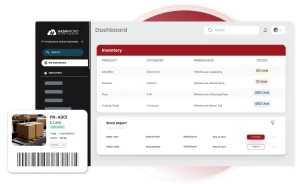
To implement the FIFO method efficiently, businesses need the right technology. HashMicro’s Inventory Management Software provides a seamless way for Malaysian businesses to maximize FIFO benefits, making inventory tracking more accurate, automated, and hassle-free. Here’s how HashMicro can help:
- Real-Time Inventory Monitoring: Get instant stock level updates to ensure older inventory is sold first, reducing waste and preventing stock shortages.
- Multi-Location Inventory Management: Easily track and manage stock across multiple warehouses or outlets while ensuring FIFO is applied consistently.
- Automated FIFO Reordering: Set automatic reorder points based on FIFO principles to maintain optimal stock levels without manual intervention.
- Customizable FIFO Reports: Generate detailed reports that provide insights into stock movement, cost calculations, and inventory valuation to support better financial decisions.
- Scalability for Business Growth: Whether you run a small business or a large enterprise, HashMicro’s system adapts to your needs, ensuring efficient inventory management at every stage of growth.
Integrating HashMicro’s inventory solution into your operations will streamline FIFO implementation, eliminate manual tracking errors, and enhance overall profitability. Get started today with a free demo and experience how HashMicro can revolutionize your inventory management.
Conclusion
Effectively managing inventory is a key factor in a business’s success. The FIFO method provides a reliable approach to ensuring older stock is sold first, minimizing waste, and keeping inventory valuation accurate. This strategy is particularly beneficial for businesses handling perishable goods, fast-moving consumer products, and high-demand inventory, as it improves efficiency and profitability.
However, manually implementing FIFO can be challenging, especially for businesses managing large inventories or multiple storage locations. This is where HashMicro’s Inventory Management Software becomes invaluable. By automating FIFO processes, businesses can track inventory in real time, prevent stock losses, and make data-driven decisions with ease.
Want to experience the benefits of automated FIFO inventory management? Try a free demo today and discover how HashMicro can help your business stay competitive, efficient, and profitable.
FAQ about FIFO Method
-
Why is the FIFO method important?
The FIFO method ensures that older inventory is used or sold first, preventing product spoilage, reducing waste, and maintaining accurate inventory valuation. It also helps businesses align stock costs with market trends for better financial reporting.
-
Why is FIFO considered a better inventory method?
FIFO is widely used because it reflects the natural flow of inventory, making it ideal for businesses handling perishable or fast-moving goods. It also provides higher profit margins during inflation, as older, lower-cost inventory is recorded as the cost of goods sold (COGS), ensuring a more accurate financial outlook.
-
How do you apply the FIFO method in inventory management?
FIFO is applied by systematically selling or using the oldest stock first. Businesses can implement FIFO manually by tracking stock entry dates or automate the process with inventory management software, which ensures consistent FIFO application across warehouses and outlets.








